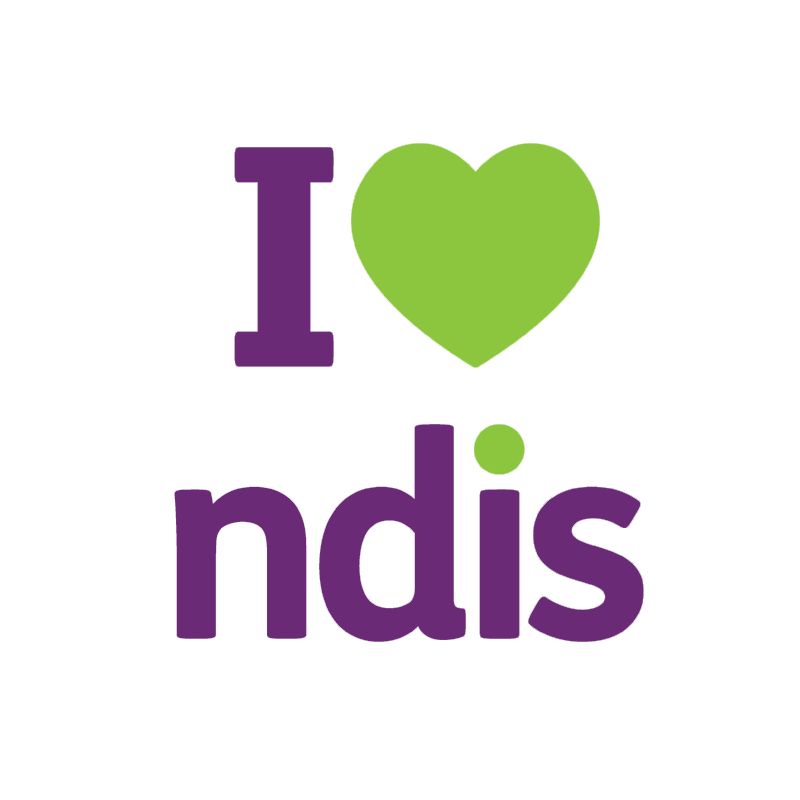Play Longer, Play Stronger: Expert Insights on Knee Brace Use in Volleyball Injury Prevention
Author: Dr. Evan Jeffries Date Posted:30 September 2025

Play Longer, Play Stronger: Expert Insights on Knee Brace Use in Volleyball Injury Prevention
Volleyball is a fast, springy sport with quick approaches, explosive jumps, and sudden cuts that load the knees. If you’re wondering whether a knee brace or knee support can help you play longer and stronger, here’s what the evidence and on-court best practices suggest.
What knee braces can (and can’t) do
For most volleyball athletes, knee issues cluster into two buckets: (1) acute sprains (like an MCL knee sprain from an awkward landing) and (2) overuse problems (patellar tendinopathy/jumper’s knee or quad tendonitis). A knee brace won’t magically bulletproof you from every knee injury, and it won’t replace the benefits of smart training. However, certain braces and sleeves can provide proprioceptive feedback, provide stability, pain relief and especially useful during return-to-play or heavy training blocks.
What the research says
Evidence specifically in volleyball is limited, but other sports such as basketball have significant research involving knee braces. In a systemic review by Tuang et al. they found that the use of Prophylactic knee braces may serve to reduce ACL injury risk by modulating knee coronal and transverse plane movements and ACL load/strain during high-risk maneuvers.1 This could translate to volleyball because of similar movements and landing in the sport of basketball.
Choosing the right knee support
- For patellar tendon pain (jumper’s knee): Consider a patellar strap such as the Zamst JK-band or a hinged sleeve that offloads the tendon and improves comfort during jumps.
- For mild instability or prior MCL sprain: A low-profile, hinged knee support may help you feel more secure during lateral moves and landings such as the ZK-Motion of ZK-Protect by Zamst.
- For general comfort and proprioception: Compression sleeves can enhance joint awareness without restricting movement.
Build your prevention stack
- Strength & power: Prioritize quad (especially VMO), hamstrings, glutes, and calves. Add eccentric squats, Romanian deadlifts, Nordic curls, and calf raises.
- Landing mechanics: Practice soft, hip-hinged, knee over toe but not caving in landings. Film a few reps to check valgus (knees collapsing inward).
- Plyometric progression: Layer pogo hops → drop jumps → approach jumps. Keep contacts reasonable, quality over quantity.
- Mobility: Ankles (dorsiflexion), hips (internal rotation), and thoracic spine all influence knee loading.
- Load management: Track total jumps per session and weekly changes; big spikes raise knee injury risk.
- Surface & footwear: Stable shoes with good forefoot support, and consistent surfaces, reduce noisy forces at the knee.
When to wear a knee brace
- You’re returning from a knee sprain or flare-up and need short-term confidence.
- You’ve had prior MCL irritation or feel unstable on lateral plants.
- You’re in a high-volume tournament where a little extra external support helps maintain mechanics late in the day.
Quick safety notes
A knee brace shouldn’t mask pain that needs rest or rehab. If pain persists, see a sports med clinician or physical therapist to tailor strengthening, mechanics, and the most appropriate brace.
Bottom line: In volleyball, a knee support can be a smart add-on especially during return-to-play or heavy phases while your real injury-prevention engine remains strength, landing technique, and thoughtful load management. Use your brace as a tool, not a crutch, and you’ll be set to play longer, play stronger.
ABOUT THE AUTHOR
EVAN JEFFRIES is a physical therapist with a Doctorate in Physical Therapy (DPT) from the University of St. Augustine for Health Sciences. He is also the owner of Evolving Motion Physical Therapy and has vast knowledge of the musculoskeletal system and has treated many orthopedic conditions by bringing a proactive approach to healthcare and lifestyle. Recently he has also been active on social media as an injury analyst mainly in related to injuries NBA players have sustained. Evan can be followed on his social media accounts.
- Tuang, Brian H. H. (GCE A-Levels)*; Ng, Zheng Qin (GCE A-Levels)*; Li, Joshua Z. MBBS (S'pore), MRCSEd, MMed (Fam Med)†,‡; Sirisena, Dinesh MSc (SEM), MSc (Clinical Ed), FFSEM (Ire), FFSEM (UK&I), FAMS (Sports Med)‡. Biomechanical Effects of Prophylactic Knee Bracing on Anterior Cruciate Ligament Injury Risk: A Systematic Review. Clinical Journal of Sport Medicine 33(1):p 78-89, January 2023. | DOI: 10.1097/JSM.0000000000001052
 FREE SHIPPING $150+ exc club/school/bulky orders
FREE SHIPPING $150+ exc club/school/bulky orders






















